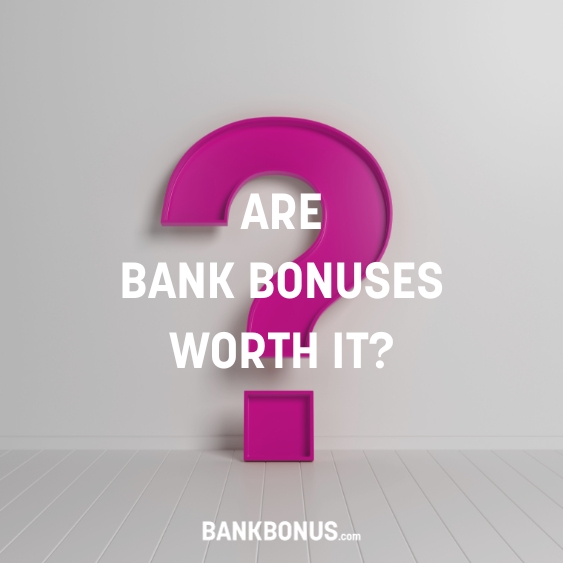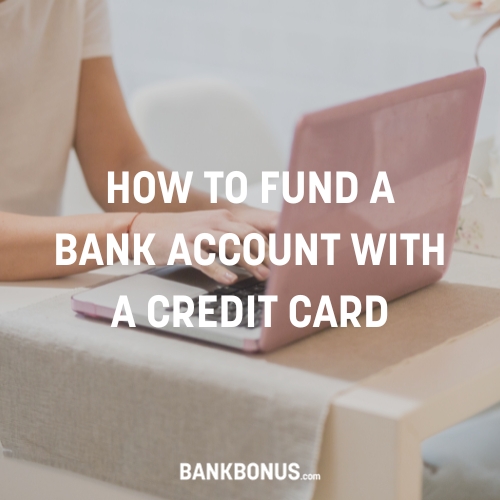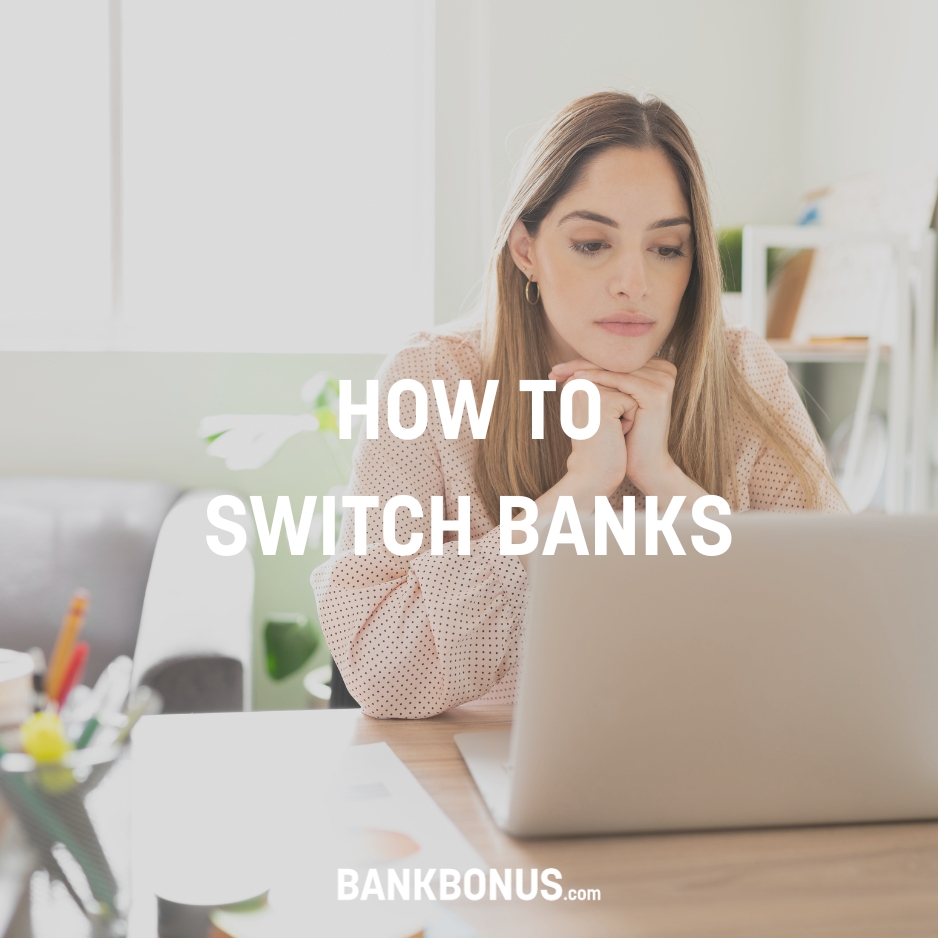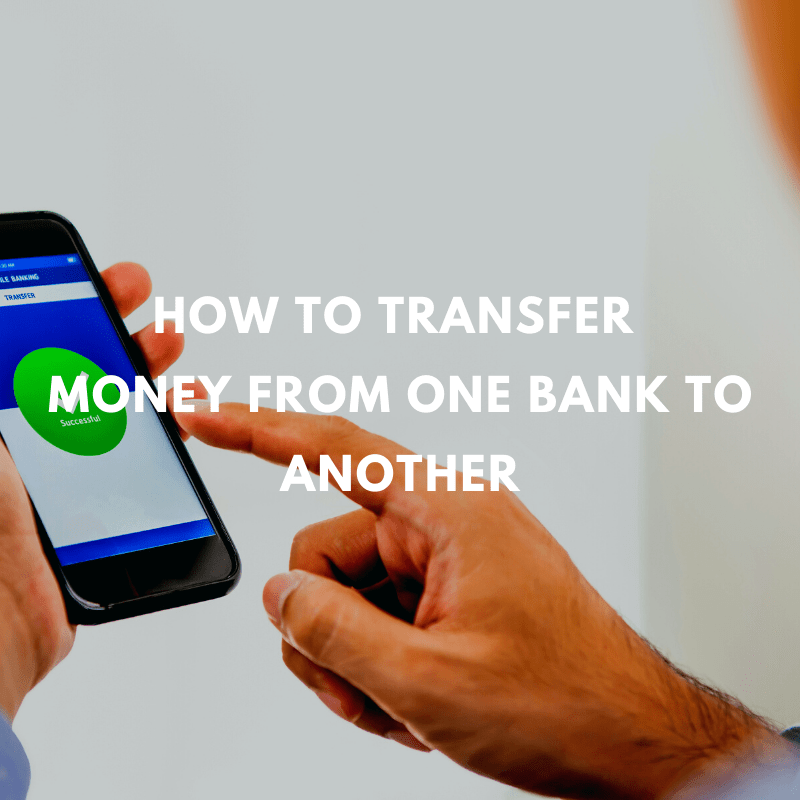A major drawback of checks is that they can suffer physical damage, like receiving a torn or ripped check. Being made out of paper, it’s a pretty common problem.
While checks don’t enjoy the popularity they once did, they are still a preferred method for different kinds of payments.
Whether you have received a stimulus check, a payroll check, or a payment, checks are an easy way to pay and get paid. But, if you have gotten a ripped or torn check and you’re wondering if you can cash it, you’ve come to the right place.
In this article, we will be looking at everything there is to know about cashing ripped checks, including how to tell if a check is valid, how to assess the damage, and what cashing options might be available to you.
Is a Ripped Check Still Valid?
Before we start looking at how you might go about cashing a torn check, you’ll first need to make sure that it’s a valid check.
Check fraud is more common than you think, so you will need to be careful. Chances are, a damaged check is going to undergo more scrutiny than a non-damaged one, so you will need to pay special care.
You will also need to consider if you’ve received the check already damaged. Receiving a damaged check should raise alarm bells, especially if the envelope it came in was not torn.
In a nutshell, you will need to look out for the following when determining if a check is valid or not:
- Payer name
- Payee name
- Date
- Amount
- Account and routing number
- Issuer
If the items below seem to be ok, you could start assessing the damage that the check has suffered to understand if you can cash it or not.
Payer Name
The payer is the person or entity that is writing the check. They are also known as check writers. If it’s a person, the check should be a personal check. If it’s a company, it will be a business check.
Other types of checks include cashier’s checks and government checks. Either way, you need to ask yourself whether you were expecting this check. If it came out of the blue and you don’t know what it’s for, chances are it’s a scam.
Not too many people are in the habit of giving out free money. If you’re in doubt, confirm with the payer, whose name should be on the check.
Payee Name
The payee is the person who is getting paid – which in this case is you. Ensure that the check is made out in your name and that your name is spelled correctly and the same as it appears on your driver’s license.
If there are any discrepancies here, you will not be able to cash out the check. If the check is legitimate, but your name is spelled wrong, you’re better off asking for a replacement check straight away.
Remember to give your full name to the payer to avoid having the same mistake repeated twice.
Date
Next, you’ll need to make sure that the date falls within the check cashing period. If the date is set for a future date, you will not be able to cash the check.
The same applies if it’s older than six months. If the date does not match up, ask for a new check as you will not be able to cash it anyway.
Amount
Every check should have the check amount written twice – once in a numerical format and once more in an alphabetic format.
Both should be clear and easy to read. Of course, both numbers must also match. If they do not, no financial institution will cash it.
Account and Routing Number
Checks will also have the account number and the bank account’s routing number tied to the check. These will be printed rather than written down.
These numbers will be located at the very bottom of the check and should be easy to find. The bank will need these numbers to know from which account they need to withdraw the money.
As such, without them, the bank cannot cash the check.
Issuer
The issuer is the bank or institution that is issuing the check. Their name or logo should be present on the check. Scams often make use of plain checks – which should be a telltale sign that something is wrong.
It’s important to note that some advanced scams also use very convincing paper checks, so be extra careful.
Assess Check Damage
Now that we have confirmed that the check is valid, it is time to assess the damage.
Here, it’s essential to keep in mind that evaluating damage can be very subjective. What someone might consider slight damage, someone else might think it to be catastrophic.
If the check has been ripped apart in half or multiple pieces, you will first need to ensure that all of the information we discussed in the previous section is still legible.
You’ll also need to do that if the check has been damaged in any other way (e.g., water damage, stains, or burns).
More specifically, make sure that the below information can be clearly made out:
- Payer’s name and signature
- Payee name
- The date
- Check amount – both numerical and alphabetical
- Account number
- Routing number
- Issuer
If any of this information is not legible, the chances are that the bank will not cash the check. Here you’ll need to make sure that each number and letter is clear.
There can’t be any guesses about what a number or letter might be – the bank will not take chances.
If you’re not quite sure, don’t worry. In the next section, we will cover the different ways you can cash a check, starting with the easiest ones, so be sure to continue reading.
Can You Cash a Ripped Check?
In some cases, you might be able to salvage a damaged or ripped check and get it cashed anyway. Small and large banks cash checks the same way, so it will not make much of a difference who your bank is.
Many banks’ policies follow legal requirements, so there is little to no room for maneuvering.
Best Ways To Cash a Ripped Check
Here are the best ways to go about cashing a ripped, torn, or damaged check:
Mobile App
If you have a bank account with a mobile app, chances are it features a mobile check deposit option.
You will need to scan the check using your phone’s camera. If the check is ripped into multiple pieces, align it as best as you can before taking the picture.
Do not attempt to glue or tape the check, as this might interfere with how the camera scans the check and reduce your chances of successfully scanning the check. When depositing a check through a mobile deposit, the bank will need to clear it first.
Once the bank completes this, the money will go straight into your account, usually your checking account. If the check goes through and the bank doesn’t call you – you’re in the clear.
Learn More:
ATM
If the check is ripped in such a way that it’s no longer in one piece, you might want to skip the ATM option and go straight to the next one. However, if your check has suffered some minor damage, an ATM might still be a viable option.
If you’re not quite sure how to deposit a check through an ATM, checking your bank’s website might be your best option.
Since procedures can change from one bank or ATM network to another, it’s best to get the information you need directly from your bank.
Teller
If the check doesn’t go through the mobile app or you don’t have mobile banking, you might want to consider visiting a bank branch. If possible, try the issuing bank or go to your bank’s local branch.
This procedure does not apply if you have a government check, such as a stimulus check – which is generally easier to cash. Use the bank’s website to locate the nearest branch, and don’t forget to take some form of identification with you.
The bank will ask you for your debit card or account number – this is where the funds will get deposited once the check clears. If the bank does not accept the check due to its damage, ask the payer for a replacement check.
If the check goes through and the money is deposited into your account, you might want to wait for a few days. If you withdraw the money and the check bounces, you’re still on the hook for paying the bank back, so be careful.
If you do not have a debit card or bank account, the bank might offer you a prepaid card. Prepaid cards usually come with a monthly fee, so be sure to ask what you’ll need to pay to get the card.
You won’t have to carry large amounts of cash with you on the positive side of things, so it’s worth considering.
Retailer
If you do not have a bank account or there are no nearby branches, you might want to consider cashing the check at a retailer. Retailers such as Walmart offer check cashing services but do proceed with caution.
Before you go to the retailer, make sure you visit the website to see what restrictions and fees are in place.
Personal checks tend to have lower cashing limits, so you’ll need to ensure that the check you’re trying to cash is within those limits.
Other Cashing Options
Other cashing options include payday loan shops and check-cashing stores. However, these tend to be quite expensive.
It is also unlikely they’ll be more lenient with ripped or damaged checks, so it’s always best to leave them as your last resort.
How To Avoid Damaged Checks
Paper is easy to rip or damage, and unfortunately, there is not much we can do about that. Checks typically have to do a lot of traveling before they get cashed, which increases the chances of damage.
To avoid this problem in the future, you might want to consider other forms of payment, where possible
This section will cover some of the options available to you – none of which involve paper.
Direct Deposit
Direct deposits are made electronically, with the money going straight into your bank account.
You will need to supply the payer with your bank account details. The funds will take a few days to reach your account, which in many cases is faster than receiving and cashing a check.
P2P Payment
P2P payments such as PayPal and Zelle are near-instantaneous, and you don’t even have to give your banking details.
P2P stands for peer-to-peer, which means that the money will go from one account to another without requiring the bank to process it.
Due to how they work, P2P payments are ideal for payments between friends and family.
Payroll Card
If you don’t have a bank account and cannot get one, you might qualify for a payroll card. Payroll cards are offered by Visa and issued by some employers.
You will need to check with your employer if they provide this type of card.
It works like a prepaid debit card with your pay loaded directly onto your card – saving you the hassle of cashing paper checks.
Frequently Asked Questions
What happens if you rip a check?
If you rip a check, you might still be able to cash it. First, you will need to ensure that all critical information is still legible and easily identifiable. Next, review the available cashing methods and pick the most convenient one for you to cash your check. When in doubt, it is always better to check with the bank rather than assume. A phone call or a visit to your branch can save you the trouble of having to ask for a replacement check, so it’s worth the risk.
Can Walmart cash a ripped check?
While Walmart does cash checks, whether it will cash a ripped check will largely depend on the amount of damage that the check has suffered. Since damage can be subjective, it is always best to check before assuming the worst if you’re in any doubt.
Can I deposit a ripped check at the ATM?
It depends on how ripped the check is. If it has been torn into several pieces, you might not be able to deposit it through the check processing machines since these are automated. If there is a slight rip on the side and all information is still intact, you can probably deposit the check through an ATM. If you’re in doubt, check the bank’s website or give them a call to ask. Bank policies can vary, and since it’s very much up to interpretation, checking with the bank can save you a lot of trouble. You might also want to consider Mobile Check Deposit if you’re not a fan of queuing at the bank.





Comments are closed.
Comments are closed here.